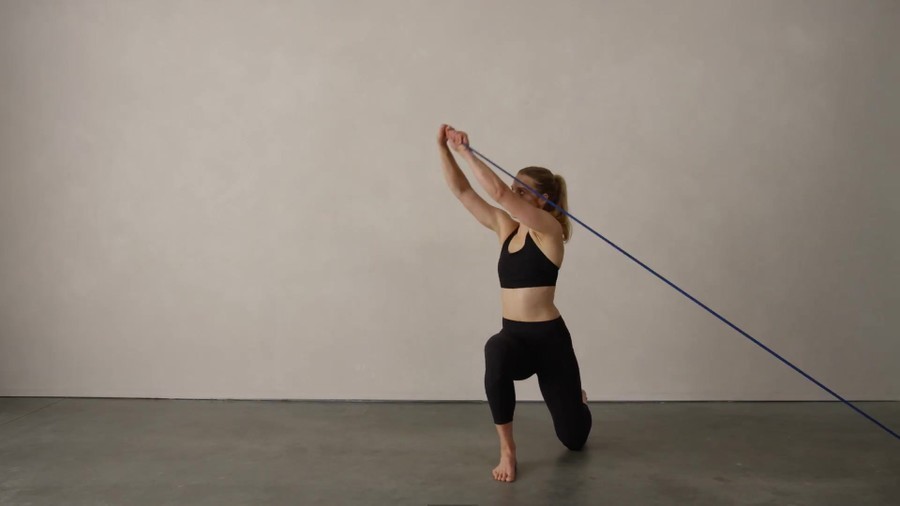
If you’re a soccer fan, you know there is nothing better than an epic match on the pitch. But if that’s not an option for you right now, don’t despair; developing your skills at home can be just as satisfying! Plenty of exercises and drills help sharpen your skills with discipline and patience. In this post, we’ll explore seven different ways to do so—from core strength and ball control exercises to passing drills and more! Use these tips and tricks in practice, or combine them into one powerful session. With dedication, even solitary training can help bring out the finest footballer inside of you.
Contents
1. Ball juggling
Ball juggling is one of the essential exercises to improve soccer skills that you can do right at home. It’s a great way to sharpen your technical capabilities with the ball, such as dribbling, trapping, and passing. To master it, you only need a soccer ball and some patience! Juggling helps you become more aware of how much pressure to exert on the ball when trapping it or controlling it when it is airborne. You can usually start by throwing the ball up and down with alternate feet, catching each time with the same foot before returning it into the air. Once you become comfortable with this style, try increasing the number of juggles between each catch-and-release and trying out new patterns! Ball juggling may seem daunting at first, but if practiced regularly, you’ll soon find yourself getting more familiarized with your movements of the ball – essential skills necessary in soccer!
2. Dribbling in a small space
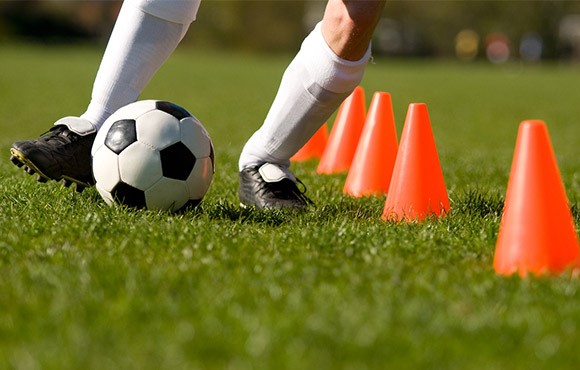
This drill works wonders for your dribbling technique and ball control – you’ll build up the muscle memory to know what to do when you don’t have much room on the field during a game. All you need is a ball, an area smaller than your typical soccer pitch, and plenty of motivation! Get creative – practice in your backyard, basement, or indoor gym. To progress with this drill, start slow and increase the speed as you feel more comfortable. Try different moves like rollovers, stop-starts, and stops with direction changes. One thing before improving your skills is to look at the MLS rivalries to get an idea of what you are going to face when you play. Plus, when it comes to perfecting your dribbling techniques on the pitch, there’s no substitute for working on it yourself at home – so if you need an easy exercise that will quickly boost your football confidence, why not give dribbling in a small space a try?
3. Passing and receiving
Passing and receiving are fundamental elements of soccer, essential for success. Practicing these at home is beneficial to help improve overall game performance. To focus on passing, start by putting two cones down about five feet apart – this distance can be adjusted depending on the size of the space available. Then practice kicking the ball back and forth from cone to cone until it gets more accessible, and switching up feet helps increase accuracy. If you have someone else at home willing to help, even better; adding a partner adds another layer of challenge as passes need to be accurate and precise to be successful. Receiving drills can also easily be set up with different sizes of space.
A single cone could be placed where an incoming pass should be headed, followed by walking back at a certain pace while calling for the ball and then taking a couple of touches before striking it away with control. Performing these drills over time can help develop skills like first-touch direction, awareness of body position relative to cones or your partner, quick decision-making, especially under challenging scenarios, and perfect timing when attempting a tackle or intercepting a pass.
4. Shooting
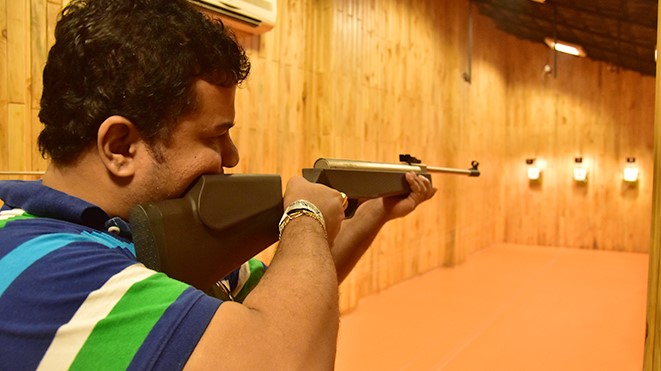
If you want to enhance your soccer-shooting abilities at home, plenty of exercises can help you make strides in perfecting your skills. As an essential practice, kicking the ball into an open goal or against a wall can help develop accuracy and power in the shooting. If you want to increase power, try combining heavy medicine ball rotations with foot–ball contact to help improve leg strength. You can also take turns with friends or family, attempting shots from different angles and distances. Becoming comfortable creating shots with both feet will also benefit your skillset immensely; it’s important to practice shooting from either side of your body to become a well-rounded player. Lastly, if you’re feeling stuck or uninspired, watching some instructional videos online may help spark ideas about improving your skill set for shooting.
5. Heading the ball
Heading the ball is one of the essential skills for soccer players. To practice heading the ball at home, start by getting a soccer ball and finding a comfortable space. You can designate an area, like a room in your house or yard, or use any open outdoor space. Stand a few feet away from a wall and lob the soccer ball, so it lands near enough to hit your head. Try to make each toss as regular as possible. Since heading the ball involves core stability and balance, focus on keeping your body steady as you move your head toward the airborne soccer ball.
This exercise should be done gently but with force; too much force could lead to injury. Patterns are essential in this exercise to help you build consistency and muscle memory when heading during games – try focusing on different directions of heading the ball while maintaining your balance and accuracy each time. Heading consistently will help develop technique and confidence on the field!
6. Playing against a wall.
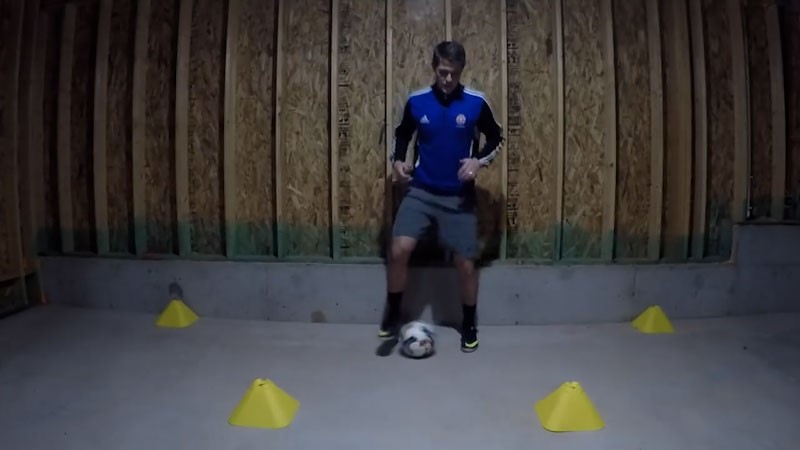
Exercises to improve your soccer skills at home don’t have to be complicated or equipment-reliant – all you need is a wall and a soccer ball! Playing against the wall is an excellent way to improve your kicking power, accuracy, and agility. It helps you focus better on making precise and well-aimed kicks and heightens your awareness, determination, and softness of touch. Similarly, practice using swift footwork for movement instead of just relying on muscle power to keep up with the ball.
Spend some time working on getting off the ground as quickly as possible after executing a decisive strike – keep repeating that part until you learn how to stay composed between powerful shots. You can also use this exercise to practice set pieces like long balls and crosses by aiming specific points on the wall. The great thing about playing against a wall is that you are competing with yourself while challenging your abilities creatively – no opposition is required!
Conclusion:
These 6 exercises are a great start to improving your soccer skills at home. If you dedicated 30 minutes daily to doing these drills, you would see a significant difference in your game within a few weeks. However, remember that playing as often as possible is the best way to get better at soccer. So make sure to join or create a pick-up game with friends whenever you can!
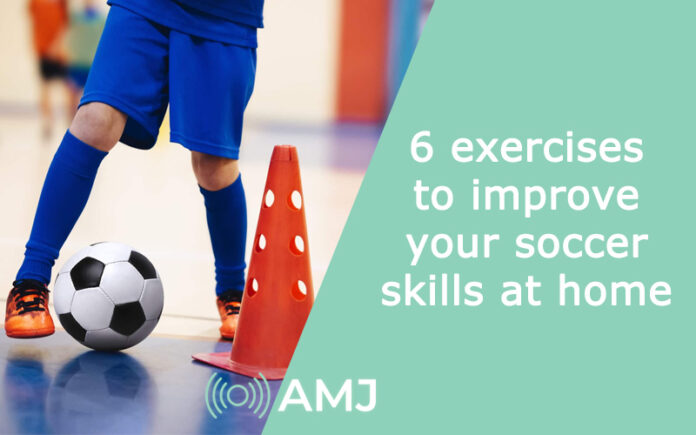











![Index of Money Heist [Season 1, 2, 3 & 4 – All Episodes, Cast and Plot] Index of Money Heist](https://www.asiamediajournal.com/wp-content/uploads/2021/05/Index-of-Money-Heist-3-100x70.jpg)